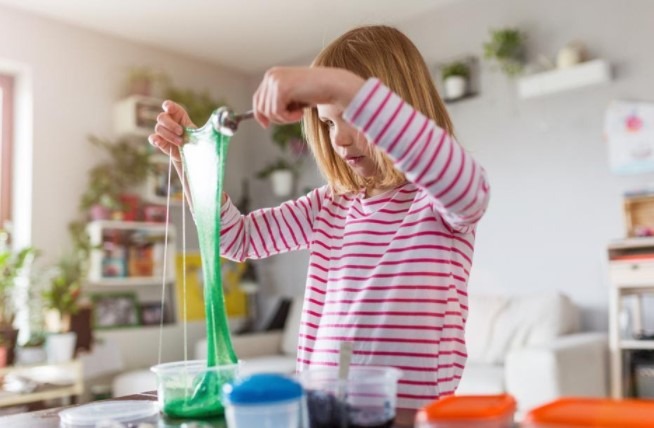As one study after another reveals the many benefits of STEM education for young children, many parents are wondering how to incorporate the concepts of STEM into activities in their own homes. Some are concerned that their children’s schools aren’t preparing them for STEM proficiency, while others simply want to seize every available opportunity to help ensure their children are prepared for the future. Still others are tired of their children satiating their curiosity by taking apart their key fob cases and TV remotes and want to provide something a little more structured.
Whatever your reason for incorporating STEM education around the house, you’ll be glad to know that there are many simple and fun STEM activities that kids can do at home. These eight STEM activities will help spark curiosity, introduce critical concepts and show your kids that science and technology can be sources of lifelong learning and enjoyment. (And as a bonus, they’re all inexpensive or can be done with materials you probably already have around the house!)

- Magnetic Slime
Making slime is a tried and true classic of early childhood science education, and this version throws in a magnetic twist that’s sure to be a hit. By following a simple recipe combining liquid starch, glue and iron oxide powder, your kids can create a batch of amazingly fun slime that’s also easy to manipulate with a neodymium magnet. Kids will love watching the slime stretch, twist and reshape itself as they move the magnet. It’s almost like it’s alive!
- Stop-Motion Animation
Stop-motion animation is a staple of children’s classics like Rudolph the Red-Nosed Reindeer as well as numerous YouTube videos, but it’s surprisingly easy to make a simplified stop-motion short at home. Using a smartphone or tablet and one of the many stop-motion animator apps available, kids can make fun animated shorts using clay, action figures or anything else they can dream up. It’s an excellent way to encourage kids to use technology for creative pursuits rather than passively consuming, and it also helps develop important non-STEM skills like storytelling and art.
- Craft Stick Catapult
Learning about physics can provide some of the most fun and hands-on home experiments. Case in point: the craft stick catapult! This clever device comes together easily from a bag of craft sticks, a little bit of hot glue and some rubber bands. Follow the simple assembly instructions and you’ve got a fun toy that teaches kids about physics while being a blast to play with. (The catapult’s creators recommend setting ground rules about what can be put in the catapult, where it can be used and why it’s not appropriate to aim it at other people.)
- Paper Plane Design
Paper planes are one of the simplest and most fun ways to teach kids about aerodynamics and engineering, and it can be even more fun when kids have the opportunity to compare different plane designs. Get a book of plane designs, or let your kids come up with their own, and then have fun observing the variables in each plane’s design. Which flies better
I’m a 20-something stay-at-home mother and wife. I have an amazing husband, a beautiful daughter, two loving dogs, and a lazy cat. I wouldn’t change my life for anything! I love to read, listen to music, cook and blog!

Speak Your Mind